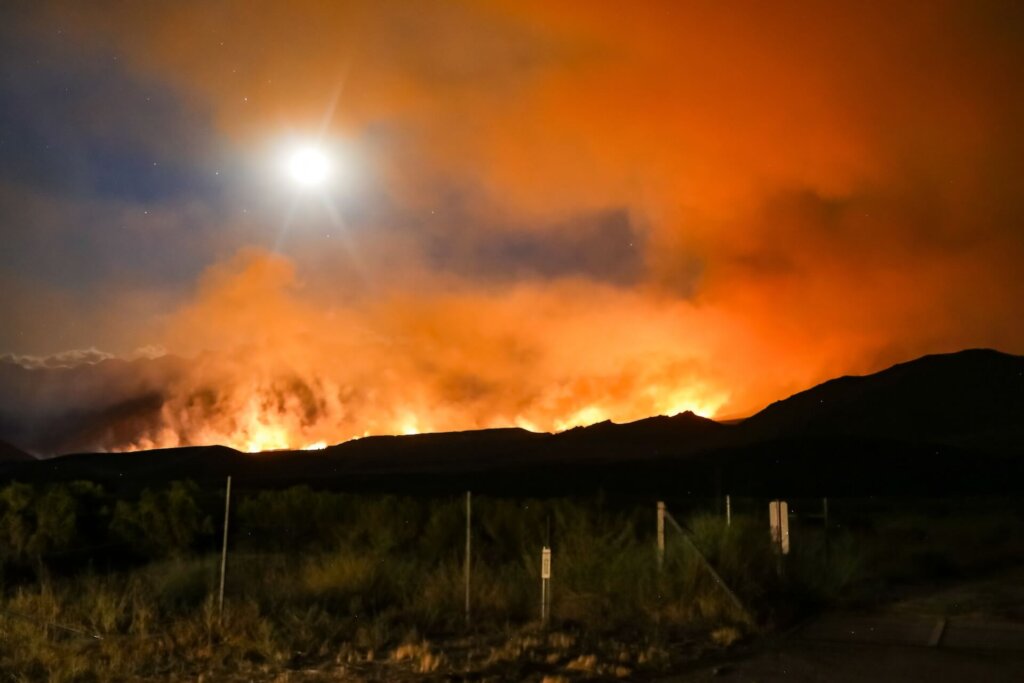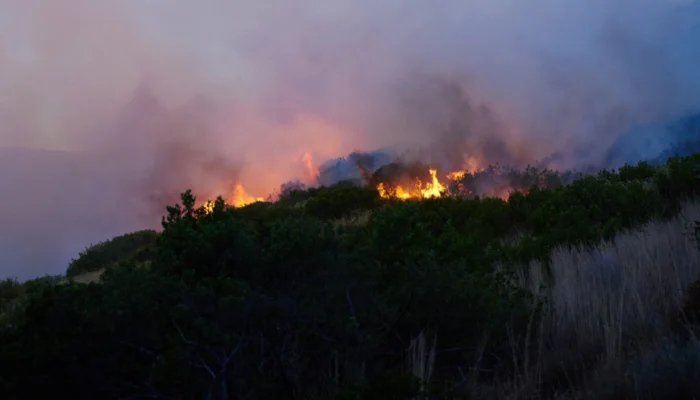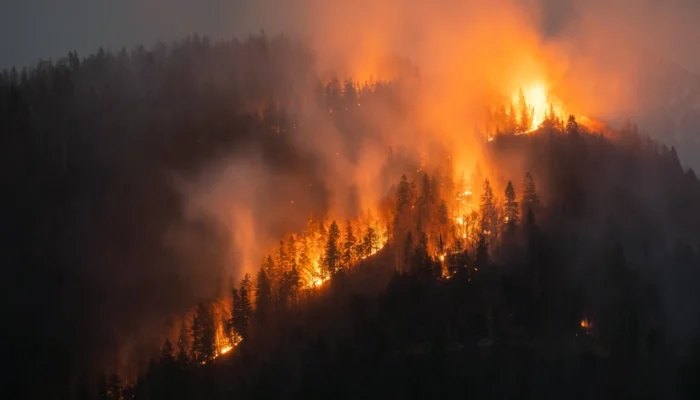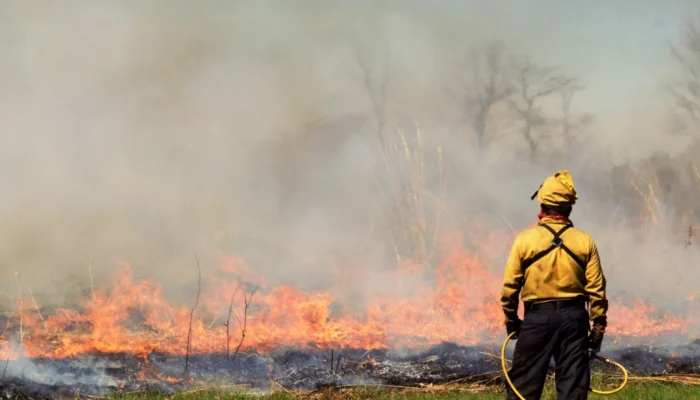September 2011 marked a sad chapter in Texas history as the Bastrop fire etched its name as the most destructive wildfire the state had ever seen. The catastrophe ravaged the landscape, leaving an indelible mark on the community and the environment.
As the flames encroached upon the communities nestled amongst the park trees, the skies darkened, and a pall of smoke settled over the county. The residents of Tahitian Village, and the surrounding areas watched as their city was engulfed by an ever-growing cloud of smoke and ash.
The fires, fanned by the relentless strong winds, defied containment efforts, leaving firefighters and emergency services in a desperate race against time. In the days that followed, the Bastrop fire would become a relentless adversary, consuming anything in its path and was destroyed. Over 34,000 acres of lush Texan landscape were scorched, leaving behind a blackened wasteland where vibrant forests once stood.
.
Table of Contents
ToggleThe Fury of Nature Unleashed
In the midst of a severe drought, that county became the epicenter of a cataclysmic event. The fires, beginning on September 4th, was fanned by strong winds – remnants of a recent tropical storm that swept through the Gulf region.
The combination of dry conditions and gusty weather provided a ripe setting for what would become a devastating inferno in Texas area. The bastrop fire 2011 raged through the lost pines forest, a unique ecosystem within bastrop state park, annihilating everything in its path and painting a once-green landscape with charred strokes.
The bastrop county complex fire consumed over 34,000 acres of land. Tahitian Village, a picturesque community famed for its serenity, was transformed into a mosaic of ruin and resilience.
The flames, empowered by the winds, showed no mercy, leaping from treetop to rooftop, leaving the city engulfed in smoke and sorrow. In this area alone, the fire destroyed over 1,600 homes.
.
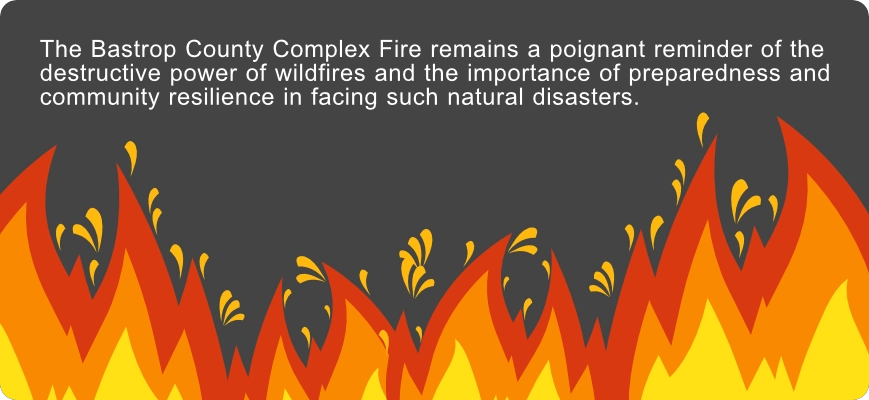
.
A Community Rebuilt from Ashes
The aftermath of the bastrop fire was a testament to the spirit of the people. Recovery and rebuilding efforts began even as the last wisps of smoke danced into the clear Texas sky. The journey from destruction to rejuvenation has been arduous but inspiring. Over the years, this complex scarred earth has given way to new growth, a circle of life manifesting amidst the trees.
Bastrop State Park, once a casualty of the wildfire’s rage, has been at the forefront of the healing process. The park has seen considerable reforestation efforts, with thousands of new trees planted to replace those lost in the fire. It stands not only as a symbol of natural restoration but also as a beacon of hope for the city’s future.
.
Prevention and Preparedness: Lessons Learnt
The bastrop fire served as a crucial learning point for wildfire management and prevention. The significance of early detection cannot be overstated, which is why initiatives like the austin wildfire detection system are vital for the safety of Texas communities. For more information on how technology is being used to mitigate such disasters, visit austin wildfire detection.
In the wake of the fires, surrounding regions have implemented rigorous fire mitigation strategies. From creating community awareness to establishing more robust fire lines, these measures are critical steps toward safeguarding against future wildfires.
.
Frequently Asked Questions
.
How many people died in the Bastrop wildfire 2011?
The bastrop county complex fire tragically claimed two lives. The loss profoundly affected the community, reinforcing the importance of emergency preparedness and response. The loss of these two souls amidst the flames served as a sobering wake-up call. It underscored the vulnerability of life against the ferocity of nature and ignited a conversation about the imperative need for stringent emergency preparedness and response.
.
What caused the 2011 Bastrop fire?
The fire was sparked by downed power lines that were compromised by winds. The winds, a residual effect of a tropical storm, coupled with prolonged drought conditions, created a highly susceptible environment for the wildfire to ignite and spread rapidly.
.
In Closing
The bastrop fire in 2011, often referred to as the bastrop county complex, is a sobering reminder of nature’s unpredictable power. As the greenery returns and the community rebuilds, the Texas stories of loss and recovery continue to shape the county’s collective consciousness.
The legacy of the most destructive wildfire in Texas remains a catalyst for change, driving the city towards resilience and readiness against future calamities. Remembering the past, we look forward to a future where the flames of destruction give way to the seeds of growth, and where disaster fosters a stronger, united community ready to face any challenge together.
